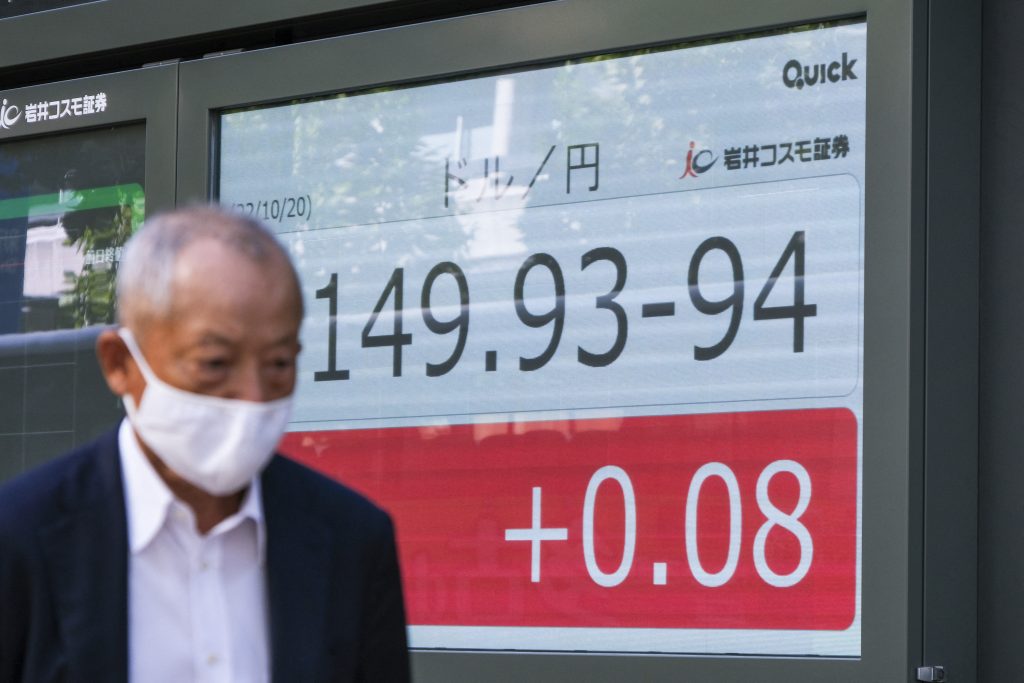
- ARAB NEWS
- 30 Jun 2025

Tokyo: The yen’s real effective exchange rate has dropped to the lowest level since September 1970, when the Japanese currency was pegged at 360 per dollar under the Bretton Woods monetary system.
The fall in the yen’s real effective exchange rate, which shows the currency’s external competitiveness, reflects slower inflation in Japan than in other nations brought on by sluggish growth in the Japanese economy.
The drop means a decrease in the country’s external purchasing power. The yen’s decline is negatively affecting households and companies in Japan through soaring prices of imports including food and crude oil.
According to data released by the Bank for International Settlements on Wednesday, the yen’s real effective exchange rate as of last month came to 57.95 against 100 for the year of 2010, down 60 pct from its peak in 1995.
The rate hit the lowest level since 57.64 recorded in September 1970, which was before the so-called Nixon shock, or the abrupt announcement in 1971 by then U.S. President Richard Nixon to stop the convertibility of the dollar to gold.
The Nixon shock effectively ended the Bretton Woods system. Major nations including Japan shifted to floating-rate regimes in 1973.
The BIS calculates real effective exchange rates by taking into account foreign exchange rates, trade volume and price changes in around 60 countries and regions.
Unlike exchange rates between two specific currencies, such as the dollar-yen pair, a real effective exchange rate is a comprehensive indicator of a currency’s strength, showing whether the currency is high or low in value relative to currencies or goods of other countries.
The yen’s real effective exchange rate has been on a general downtrend since 1995.
“When compared with our trading partners, our country has seen a smaller inflation rate for a long time since the mid-1990s,” Bank of Japan Governor Haruhiko Kuroda told the Budget Committee of the House of Representatives, the lower chamber of the country’s parliament, on Tuesday.
On the fall of the yen’s real effective exchange rate to the 52-year low, Kengo Suzuki, chief market strategist at Mizuho Bank, said that the result is “just as expected, given the gap between prices in Japan and overseas.”
The rate “is expected to continue dropping for the rest of the year, as it would be hard to stop (the yen’s) declining strength considering the differences in economies and monetary policies with other major nations, as well as interest rate gaps and trade balances,” Suzuki said.
The fall in the real effective exchange rate does have advantages, such as boosts to exports and travel demand from abroad.
The benefits to exports, however, have faded, because many Japanese companies have moved their production bases overseas. It is also unclear how much the yen’s fall will support tourism in Japan.
The impact that has stood out most is the damage to households and companies.
JIJI Press